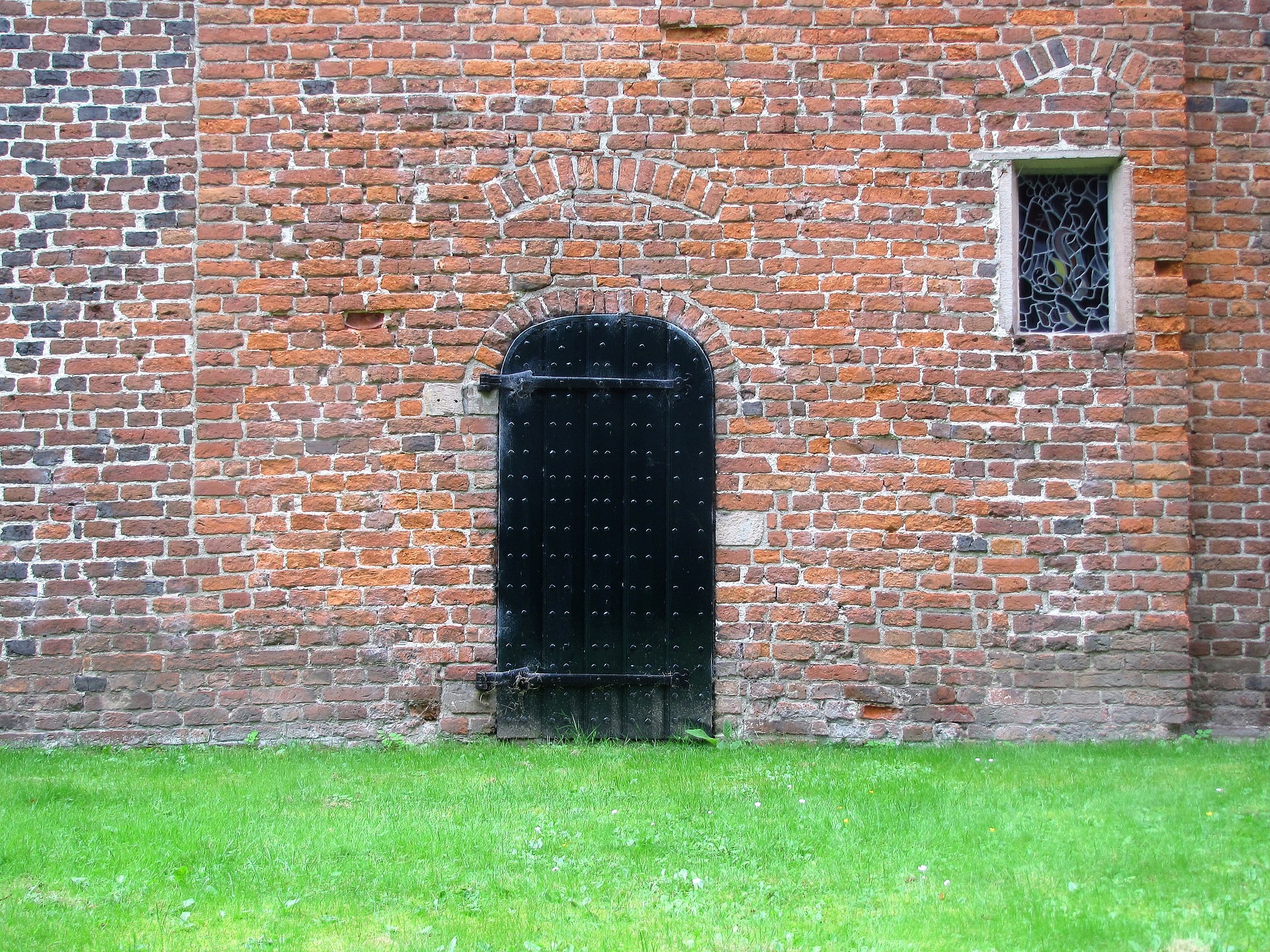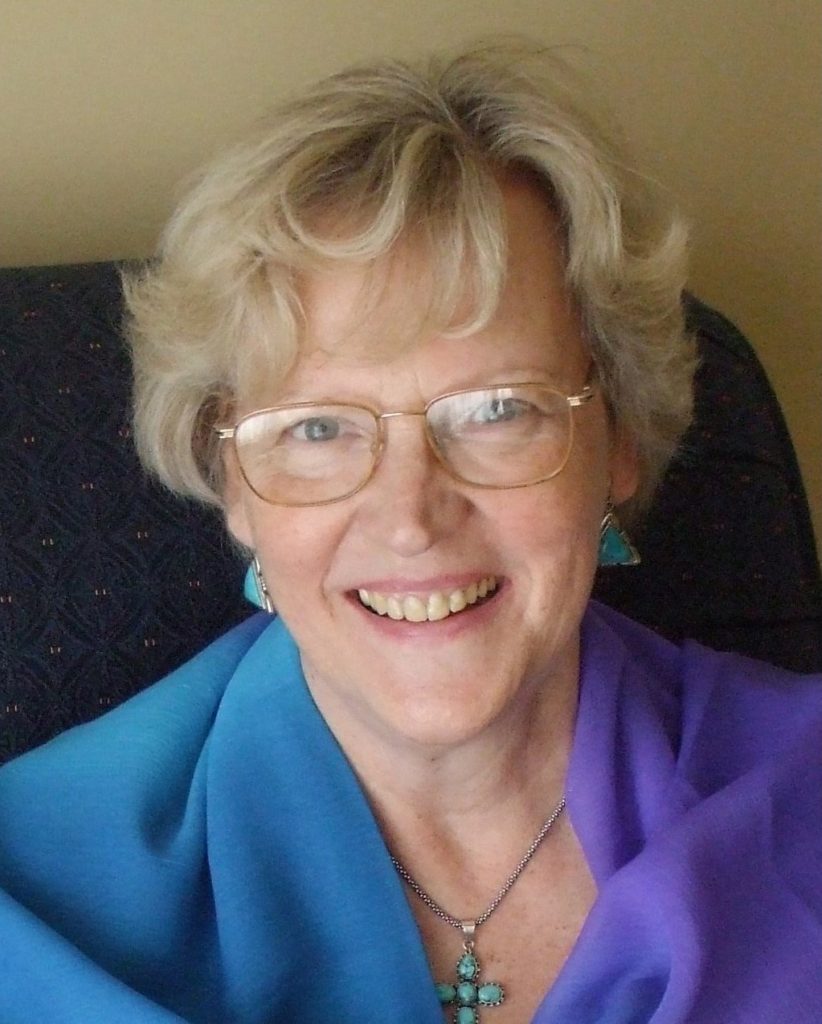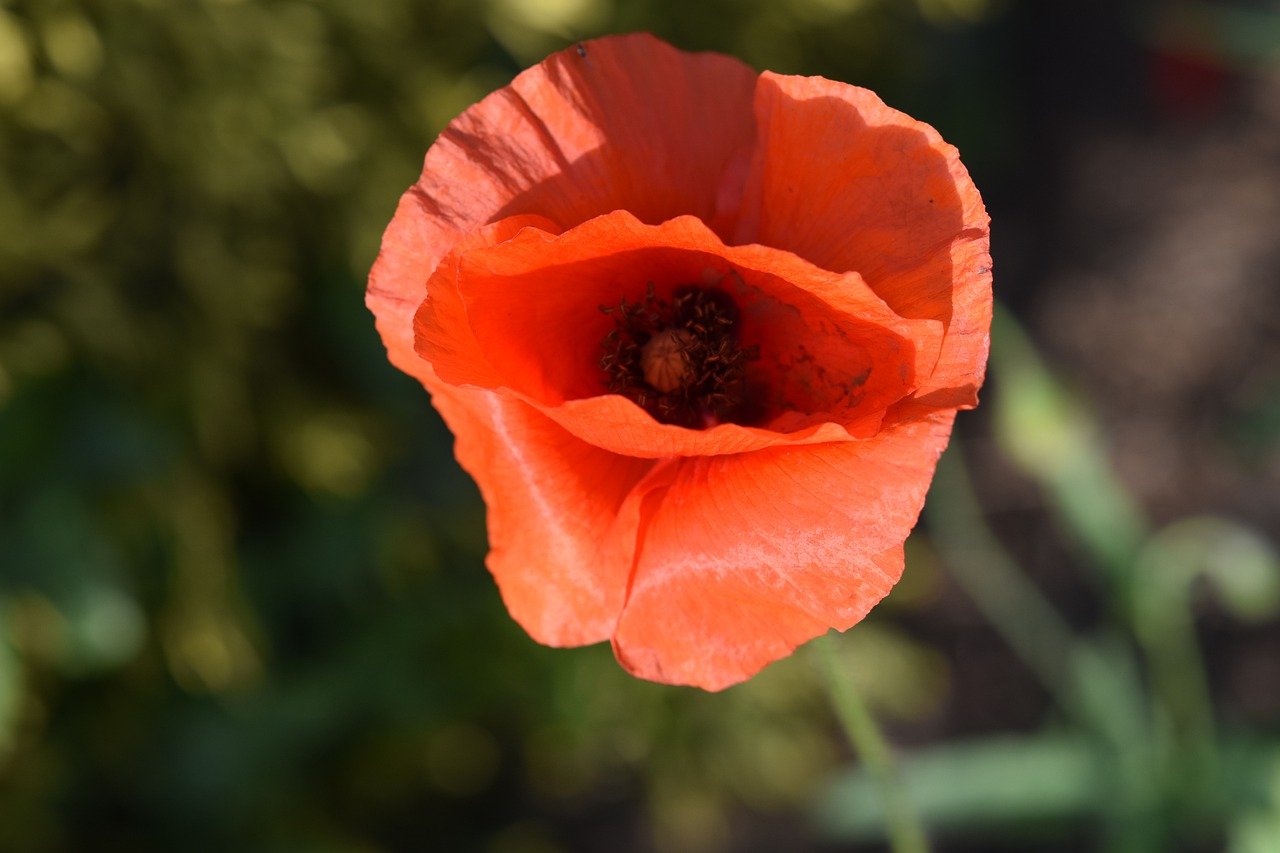In John Cassian’s ‘Conference 9’ Abba Isaac, one of the Desert Fathers, starts to teach Cassian and his friend Germanus about prayer. He first emphasizes that there are different ways of praying: “The apostle [St Paul] notes four types of prayer. ‘My advice is that first of all supplication should be offered up for everyone, prayers, pleas, and thanksgiving’ (1 Tim 2:1). Now one may be sure that this division was not foolishly made by the Apostle. So we must first enquire what is meant by prayer, by petitions, by intercessions, and by thanksgiving.” Abba Isaac continues by giving detailed explanations of the types of prayer mentioned and when they are appropriate, concluding: “Hence all of these types of prayer…are valuable for all men [and women], and indeed quite necessary.” He even illustrates how Jesus used each of these types of prayer himself. He proceeds with an explanation of the prayer Jesus taught us, the ‘Our Father’, and names it the most perfect of prayers. But finally he arrives at the most desirable prayer of all: ‘pure prayer’, ‘contemplation’, when we are no longer aware that we are praying and he quotes St Antony: ‘Prayer is not perfect when the monk is conscious of himself and of the fact that he is actually praying.’ Abba Isaac stresses that all forms of prayer can lead to ‘pure prayer’ – what is needed is persistence and faith.
He then urges them: “to follow the gospel precept which instructs us to go into our room (Matthew 6,6) and shut the door so that we may pray to our Father. We pray in our room when we withdraw our hearts completely from the clatter of every thought and concern and disclose our prayers to the Lord in secret, as it were intimately. We pray with the door shut when, with closed lips and in total silence, we pray to the searcher not of voices but of hearts.” Here he outlines the essence of contemplation without telling them how to ‘go into our room’. But in the next Conference he does do so, as Cassian and Germanus show that they are ready for this type of prayer by asking the right question. Now we have arrived at the way of prayer John Main found to his delight in Cassian’s teaching: praying with a ‘formula’, which leads to contemplation.
Cassian does not restrict this type of prayer to certain periods of the day, but urges Cassian and Germanus to ‘ceaseless prayer’; “You should, I say, meditate constantly on this verse in your heart. You should not stop repeating it when you are doing any kind of work or performing some service or are on a journey. Meditate on it while sleeping and eating and attending to the least needs of nature.”
Whereas there is no denying the importance of this way of praying to us and the early Christians we must remember it is only one way of prayer amongst others. Laurence Freeman uses the image of prayer as a wheel: “Think of prayer as a great wheel. The wheel turns our whole life to God……. The spokes of the wheel represent different types of prayer. We pray in different ways, at different times, and according to how we feel…The spokes are the forms or expressions of prayer which fit into the hub of the wheel, which is the prayer of Jesus himself….All forms of prayer are valid. All are effective. They are informed by the prayer of the human consciousness of Jesus which is in us by the grace of the Holy Spirit.” (Laurence Freeman)







